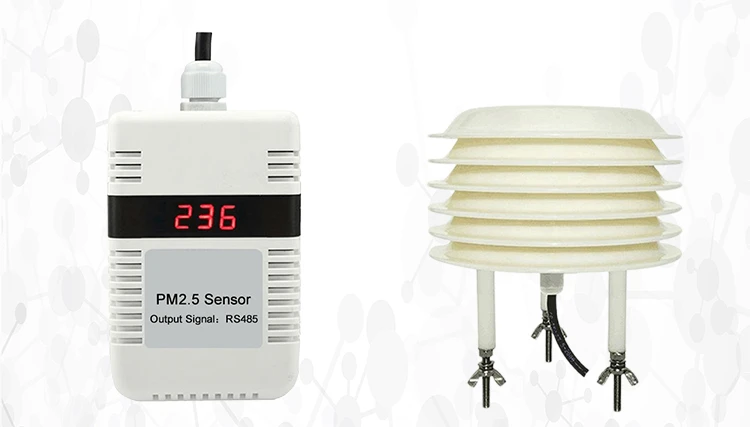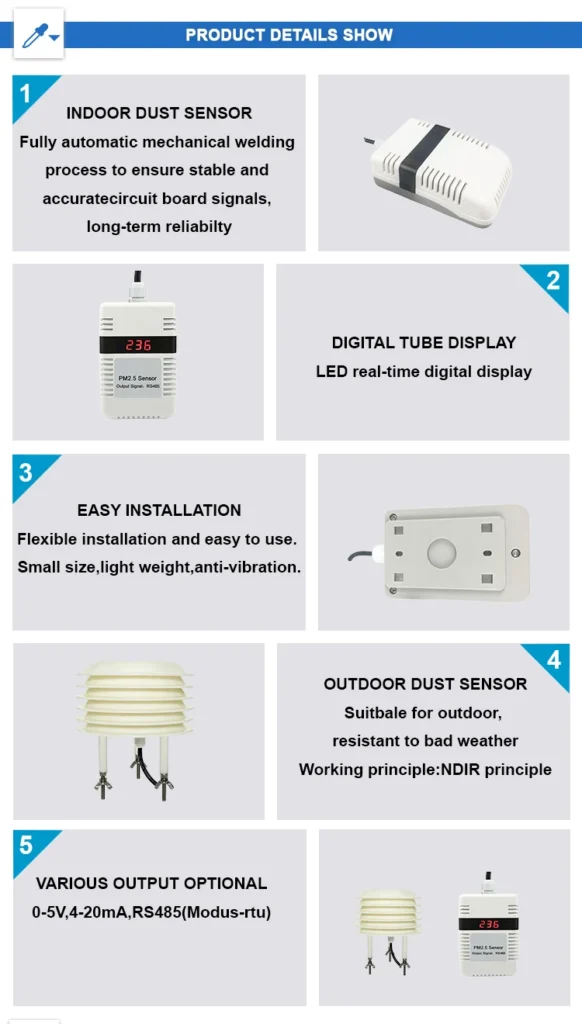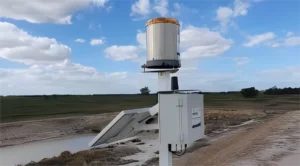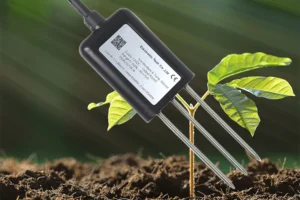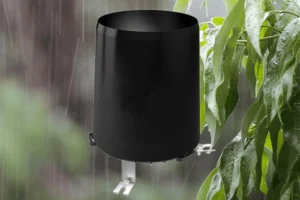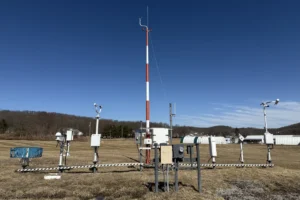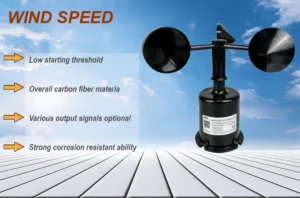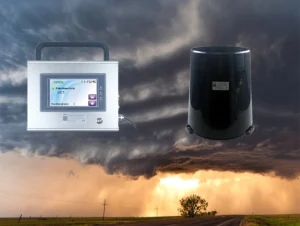Sensors in Dust Monitoring Stations: Guardians of Air Quality
In today’s world, where environmental protection and public health are critical priorities, dust monitoring stations serve as vital tools for maintaining air quality. Central to the operation of these stations are sensors—unheralded devices that precisely detect and measure airborne dust particles.
These stations focus on monitoring particulate matter (PM), which includes tiny solid or liquid particles suspended in the air. The size of these particles can vary, with coarse dust (PM10) having a diameter of 10 micrometers or less, and finer particulate matter (PM2.5) being 2.5 micrometers or smaller. To identify and quantify these particles, sensors utilize various operating principles tailored for efficiency and accuracy.
dust sensor operating principle
One commonly employed sensor type in dust monitoring is the optical sensor, which functions based on the principle of light scattering. When a beam of light passes through an air sample containing dust particles, the particles scatter the light in different directions. The intensity of the scattered light correlates to the concentration of dust in the air. For instance, a laser-based optical sensor emits a focused laser beam into the air sample, where passing dust particles deflect the light. A detector positioned at a specific angle captures the scattered light, and advanced algorithms process this data to calculate particulate matter concentration.
Another notable sensor type is the beta attenuation sensor. This device measures how beta radiation is diminished as it passes through an air sample. A beta-emitting source, often a radioactive isotope, releases beta particles. When air containing dust particles flows between the source and its detector, the particles absorb a portion of the beta radiation. The level of absorption directly corresponds to the mass of the dust particles in the sample. By evaluating this attenuation, the sensor determines the mass concentration of particulate matter with high precision.
Piezoelectric sensors
Piezoelectric sensors play a crucial role in dust monitoring, leveraging the piezoelectric effect to detect particulate matter. When dust particles strike the piezoelectric crystal within the sensor, they induce mechanical vibrations, which, in turn, generate an electrical charge. This charge is directly proportional to both the mass and velocity of the impacting particles. By analyzing this electrical signal, the sensor estimates the mass concentration of dust present in the air.
Dust Monitoring Stations application
The data gathered by these sensors in dust monitoring stations holds significant importance. For environmental protection agencies, it provides essential insights into air quality levels and helps determine compliance with established air quality standards. Elevated dust particle levels, particularly PM2.5, are a major public health concern. Prolonged exposure to fine particulate matter has been associated with severe respiratory conditions such as asthma, bronchitis, and even lung cancer. By delivering real-time dust concentration data, these sensors empower authorities to take prompt actions aimed at safeguarding public health. For instance, if a sharp rise in PM2.5 levels is detected, local governments can issue air quality alerts, limit industrial activities contributing to airborne dust, or encourage greater use of public transportation to reduce vehicle-generated emissions.
industrial environments
Sensors are equally indispensable. Operations such as factories and mining activities often produce considerable amounts of dust, posing risks to worker health and safety. Continuous monitoring allows industries to maintain safer working conditions. In coal mines, for example, high concentrations of coal dust present a significant explosion risk. Sensors installed in monitoring stations are capable of detecting even minor fluctuations in dust levels, enabling mine operators to respond swiftly with measures such as improved ventilation or dust suppression techniques.
Sensors in dust monitoring stations face several challenges.
One of the primary issues is calibration, which must be performed regularly to maintain accurate and reliable data collection. Environmental factors, such as fluctuations in temperature, humidity, or changes in air composition, can impact sensor performance and result in erroneous readings. Another challenge lies in identifying and differentiating between various types of dust particles. Some sensors struggle to distinguish natural dust, like pollen or soil particles, from human-made (anthropogenic) dust caused by industrial activities or vehicle emissions.
Nonetheless, the future of these sensors appears promising. Rapid technological advancements are paving the way for more refined solutions. For instance, sensors utilizing nanotechnology are under development, offering heightened sensitivity and the ability to detect even smaller particles. Further enhancements include the integration of wireless communication technologies, enabling real-time data transmission and remote monitoring. This advancement simplifies access to critical data for environmental managers and researchers, facilitating more effective analysis and decision-making.
conclusion
Sensors within dust monitoring stations are crucial for safeguarding air quality and public health. By detecting and measuring dust particles accurately, they provide vital insights that support environmental protection efforts, industrial safety protocols, and public health strategies. As technology continues to advance, these sensors are set to play an even more pivotal role in fostering a cleaner, healthier environment for all.
